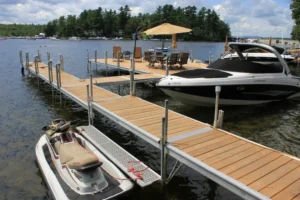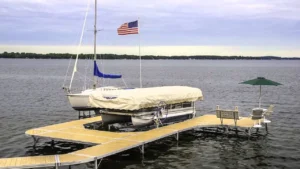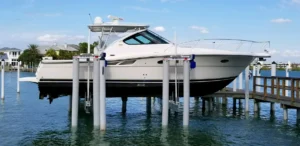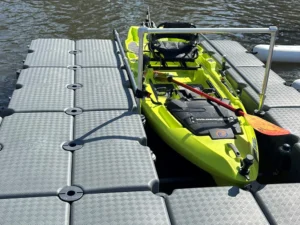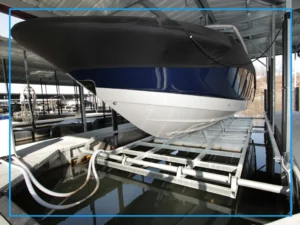The Advantages of Dock-Attached Pneumatic Controllers for Boat Lifts
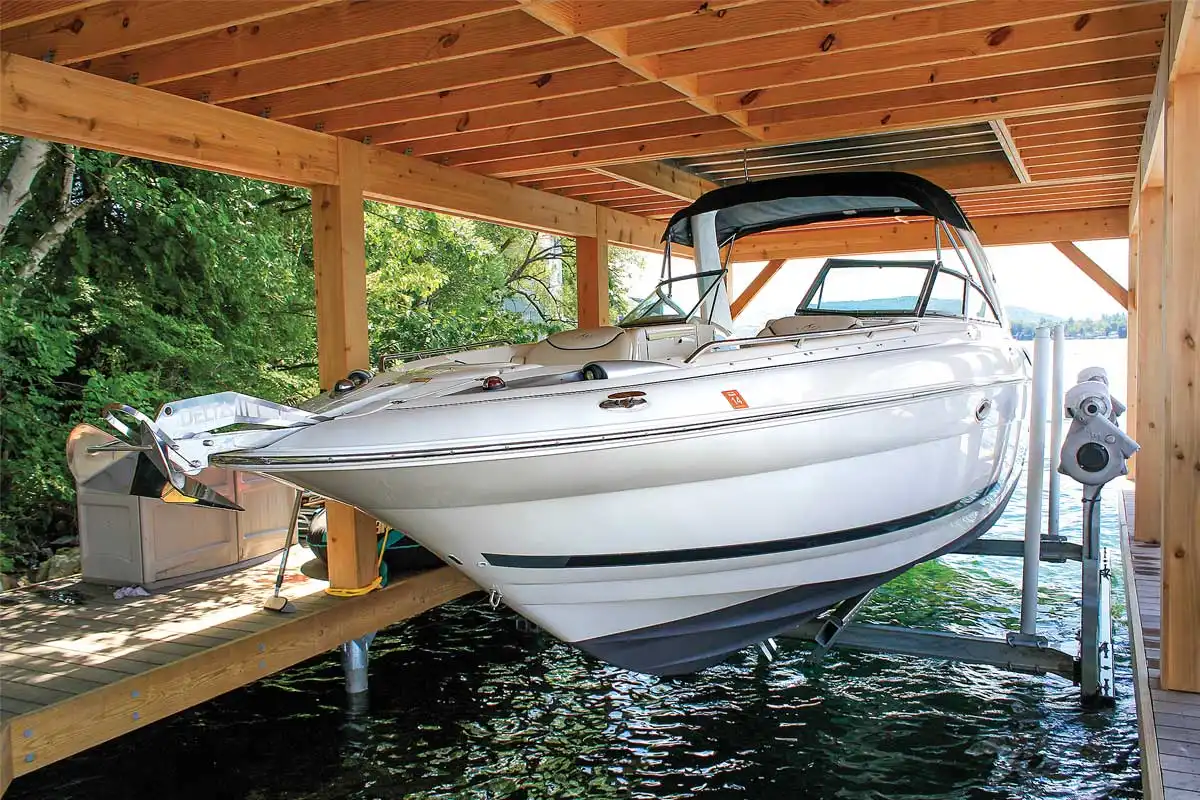
Boat lifts are essential for anyone who wants to protect their watercraft from damage caused by prolonged water exposure, fluctuating tides, and algae growth. These lifts not only extend the life of your boat but also simplify the process of launching and retrieving it.
One of the most efficient and innovative ways to operate a boat lift is with dock-attached pneumatic boatlift controllers. These systems use air pressure to raise and lower your boat with precision and ease.
What Exactly Are Dock-Attached Pneumatic Controllers?
Pneumatic boatlift controllers are systems designed to control the raising and lowering of a boat lift using compressed air. As the name suggests, they are attached to the dock for convenient access and operation.
Here’s a quick breakdown of how they work:
- The controller operates an air compressor that fills and empties the lift’s air chambers.
- When filled, these chambers displace water and lift the boat out.
- Releasing the air allows the chambers to refill with water, lowering the boat gently back down.
Key Components Include:
- Air compressor
- Valves and control box
- Air hoses and fittings
- Remote or switch-based controls
Installation usually involves mounting the control unit to the dock, connecting the air lines to the lift, and securing the compressor in a protected location. Once installed, operation is as simple as pushing a button.
The Key Benefits of Dock-Attached Pneumatic Controllers
Convenience & Ease of Use
One of the standout features of pneumatic boatlift controllers is their simplicity. Many systems come with wireless remote controls or weatherproof switches, allowing you to operate your lift from a distance. No cranking, no heavy lifting—just press a button and let the system do the work.
Durability & Longevity
Pneumatic systems have fewer moving parts than hydraulic or mechanical boatlift systems, which translates to less wear and tear. Additionally, they’re designed with corrosion-resistant components to withstand harsh marine environments, especially saltwater. The dock-mounted controller is usually housed in a protective box, shielding it from weather and UV exposure.
Efficiency & Speed
Pneumatic controllers offer quicker lift and lower times compared to manual or electric winch systems. The use of air pressure enables a smooth and swift operation, so you can get on the water—or dock up—without delay.
Reduced Maintenance
Since pneumatic controllers do not rely on hydraulic fluids or complex mechanical linkages, there are fewer parts to inspect, lubricate, or replace. This makes them ideal for boaters who want reliable performance without the hassle of regular maintenance.
Enhanced Safety
Because the system offers precise control over the lifting process, there’s a lower risk of mishandling your boat. Unlike electric or hydraulic systems that may have complex failure points, pneumatic controllers offer predictable performance. Safety features such as pressure relief valves further reduce the risk of overinflation or mechanical failure.
Pneumatic Controllers vs. Other Systems
Pneumatic vs. Hydraulic Controllers
Hydraulic systems use fluid pressure to lift boats and are known for their power. However, they are more expensive and prone to leaks. Pneumatic systems are more environmentally friendly, cleaner to maintain, and cost-effective, making them ideal for mid-sized boats.
Pneumatic vs. Electric Controllers
Electric winch systems are simple and relatively inexpensive, but they tend to wear out faster and require more manual oversight. In contrast, pneumatic controllers offer a balance of automation and durability, making them a smarter long-term investment.
Pros of Pneumatic Systems:
- No risk of fluid leaks
- Lower maintenance
- Corrosion-resistant
- Fast operation
Cons:
- Requires air compressor (initial cost)
- Slight learning curve during setup
Selecting the Right Pneumatic Controller for Your Boat Lift
To get the most from your pneumatic boatlift controller, consider the following:
- Boat Size and Weight: Heavier boats need more lift capacity and air volume. Ensure your system can handle your vessel’s specs.
- Frequency of Use: Daily users will benefit from faster, more durable systems with higher-duty compressors.
- Dock Location: Exposure to the elements and water type (fresh or saltwater) can affect your choice of materials and housing options.
Installation Tips:
- Always install the control box above the high-water mark.
- Use marine-grade fittings and UV-resistant hoses.
- Work with a professional installer if you’re unsure about air compressor sizing or hose routing.
Make the Smart Upgrade for Your Boat Lift
Dock-attached pneumatic boatlift controllers offer a modern, reliable solution for any boat owner looking to simplify dockside operations. Their convenience, efficiency, and safety make them a smart investment that can enhance both the lifespan of your boat and your time on the water.
If you’re still relying on manual or outdated systems, it may be time to upgrade. The added durability, low maintenance, and user-friendly controls of a pneumatic controller make it well worth considering.
Contact a marine systems professional today or explore product lines that suit your boat and dock setup to take the next step toward smoother sailing.

